Ever wondered why some smiles look perfectly aligned while others reveal extra space between the upper and lower teeth? Can orthodontic treatment fix an overbite or underbite? Unlock the essential facts you need right here—and discover what it truly takes to create a healthier, more confident smile!
Unlocking the Truth: Can Orthodontic Treatment Fix an Overbite or Underbite?
Many people struggle with noticeable gaps or overlaps between their upper teeth and bottom teeth, but is it really possible to fix an overbite or underbite for good? The answer is a resounding yes. Thanks to advances in orthodontic treatment, both overbites and underbites are highly treatable problems—regardless of your age or how complex the bite issue may seem. Whether you’re facing jaw pain, difficulty chewing, or concerns about your smile’s appearance, a customized orthodontic plan can make a world of difference for your oral health and confidence.
Most bite issues stem from the relationship between your upper and lower jaw and how your teeth fit together. Correcting them isn’t just about looks—overbites and underbites that are left untreated can lead to tooth wear, gum disease, speech difficulties, or long-term jaw problems. Orthodontic treatment uses proven tools like metal braces, clear aligners, and even surgical options for severe cases, to gently move teeth (and sometimes the jaw) into their proper positions. This step-by-step process not only improves your smile but also your bite’s function and your overall dental health. Let’s explore how bite correction works in detail.
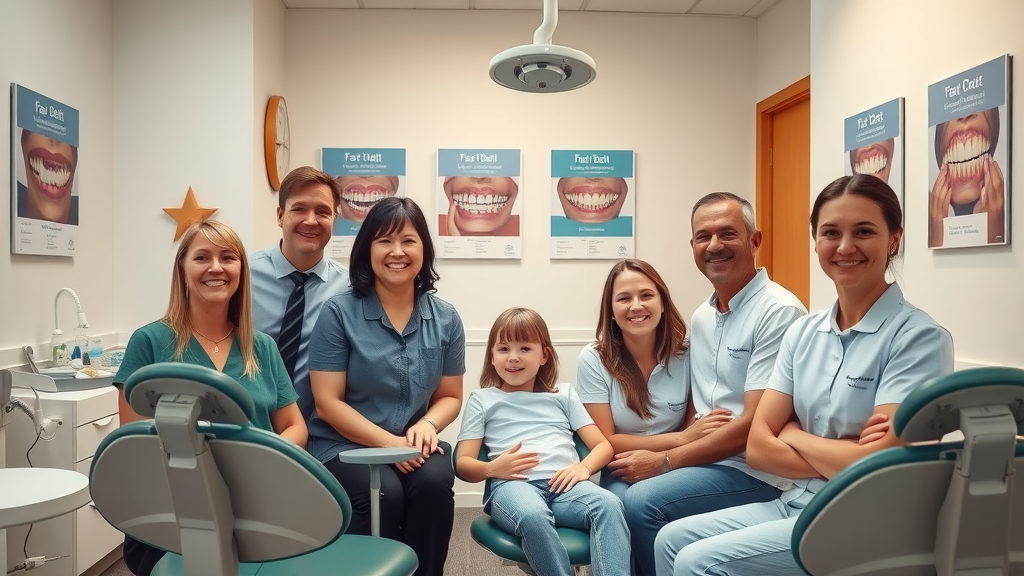
Why Overbites and Underbites Matter: Long-Term Impact on Oral Health
You may think bite issues only affect appearance, but overbites and underbites impact far more than your smile. Over time, they can cause jaw pain, make it hard to bite or chew, and even raise your risk for problems like gum disease and tooth decay. When your upper and lower teeth don’t line up, extra pressure wears down your front teeth, possibly causing chipping and sensitivity. In severe cases, the jaw itself may hurt or develop issues with growth and movement.
These bite issues often lead to unconscious habits like mouth breathing or teeth grinding, which put your dental health at risk. For some people, an overbite might make it tricky to pronounce certain sounds, while an underbite can affect facial balance. The bottom line? Fixing overbites and underbites isn’t just cosmetic—orthodontic treatment supports a lifetime of healthy chewing, clear speech, and a strong, pain-free jaw. It’s an investment in lasting oral health for both kids and adults.
What You'll Learn from This Comprehensive Guide on Can Orthodontic Treatment Fix an Overbite or Underbite?
- The definitions of overbites and underbites
- Root causes of bite issues
- Comprehensive orthodontic treatment options
- Step-by-step process to fix an overbite or underbite
- Real-world outcomes—what to expect before and after treatment
- FAQs on costs, timing, and effectiveness
Defining Overbites and Underbites: The Foundation of Bite Issues
What Is an Overbite or Underbite? Clarifying the Difference
To really understand how orthodontic treatment works, you first need to know what an overbite or underbite actually is. An overbite happens when your upper front teeth extend too far over your lower front teeth. This is the most common type of malocclusion, and it can lead to your upper teeth almost entirely hiding the bottom teeth when you bite down. In contrast, an underbite occurs when your lower jaw juts forward, causing your lower front teeth to sit in front of your upper teeth—often giving the chin a prominent look.
Both overbites and underbites are types of bite issues called “malocclusion,” which simply means the teeth and jaw are misaligned. Whether your teeth extend outward, rest behind, or overlap incorrectly, these problems can be mild or severe and affect both children and adults. The key to fixing an overbite or underbite is understanding its exact cause and severity—something only a skilled orthodontist can determine during a comprehensive dental exam.
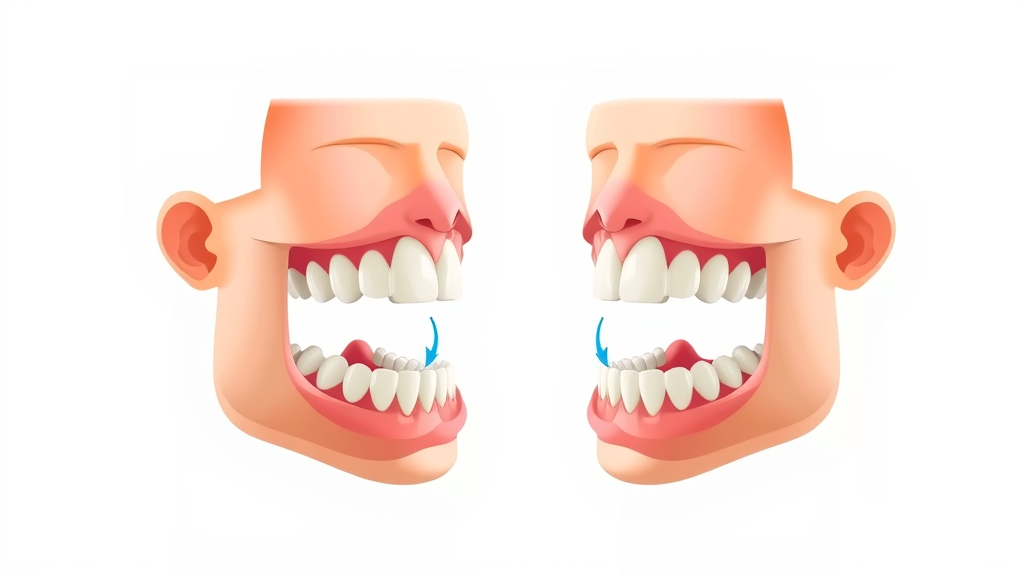
Common Causes of Overbites and Underbites
Overbites and underbites rarely just “happen.” Most cases involve a mix of genetics, early childhood habits, and jaw development patterns. Many people inherit the size and shape of their upper and lower jaws, which may not grow at the same rate. Early loss of baby teeth, thumb sucking, extended pacifier use, or tongue thrusting can also push teeth and jaws out of alignment.
In other cases, injuries that affect the alignment of the teeth and jaw, or even prolonged mouth breathing from allergies, can lead to significant bite issues. Sometimes, the issue starts with the teeth (dental) and sometimes with the bone structure (skeletal), or a combination of both. Identifying the root cause is crucial, as it determines which treatment options—whether metal braces, clear aligners, or jaw surgery—will work best for fixing an overbite or underbite. Left untreated, these problems can worsen as you grow.
How Bite Issues Affect Everyday Life
The impact of overbites and underbites goes beyond dental checkups. If you have a bite issue, daily activities like chewing, speaking, and even breathing may become difficult. An incorrect jaw position can cause your mouth to tire quickly or make certain foods hard to eat. Some people experience frequent jaw pain, or headaches caused by muscle strain as the upper and lower teeth fight to find a comfortable bite.
In more severe cases, children with untreated bite issues can develop long-term problems with jaw growth, and adults may notice uneven wear on teeth or shifting that worsens over time. Self-confidence can suffer if someone feels embarrassed by how their teeth look. Effective orthodontic treatment improves not just oral health, but quality of life for anyone living with overbites and underbites.
Can Orthodontic Treatment Fix an Overbite or Underbite? Understanding Effective Treatment Options
How Metal Braces Correct Overbites and Underbites
The most established way to fix an overbite or underbite is with metal braces. These classic orthodontic tools use brackets attached to each tooth and connected by wires that your orthodontist adjusts over time. Through gentle but consistent pressure, braces move both teeth and jaws into ideal alignment.
For an overbite, braces work to move the upper front teeth back and the lower teeth forward, closing the gap and correcting the position. In an underbite, the braces guide the lower jaw back and help bring the upper jaw forward if possible. For kids and teens with growing jaws, braces are especially effective, as orthodontists can guide jaw development along with tooth movement. Even adults can achieve great results, though in severe cases, fixing an underbite might require jaw surgery along with braces.
Fix an Overbite or Underbite with Clear Aligners: Is It Possible?
If you want a more discreet method to fix an overbite or underbite, clear aligners like Invisalign® are quickly gaining popularity. Clear aligners are custom-made trays worn over your teeth, swapping them out every one to two weeks as your teeth gradually move into better positions. These aligners are nearly invisible and removable, making it easier to eat, brush, and floss.
Clear aligners effectively treat mild to moderate overbites and underbites. For complex bite issues or skeletal discrepancies, aligners may need to be combined with attachments or rubber bands, or even used after other treatments. While aligners may not be suited for the most severe cases, especially if jaw surgery is needed, they are a comfortable and flexible solution for many patients—kids, teens, and adults alike.

Other Innovative Orthodontic Treatment Options (Expanders, Surgery, Retainers)
Some cases of overbites and underbites might need even more specialized care. Palatal expanders, worn mostly by children, widen the upper jaw so teeth have enough room to align properly. For severe skeletal problems, jaw surgery (orthognathic surgery) paired with braces or aligners can reposition the upper and lower jaw for proper fit—this approach is usually reserved for adult patients where jaw growth is already complete.
After active orthodontic treatment, retainers hold the teeth in their new place to prevent future shifting. Every patient’s unique needs, severity of bite issue, and age dictate the right mix of solutions. The good news: with today’s orthodontic treatment options, nearly every bite can be successfully corrected.
Step-by-Step Guide: The Orthodontic Treatment Process for Overbites and Underbites
-
Oral Examination and Diagnostic Imaging
Your first visit includes a detailed dental exam, X-rays, or 3D scans to map out how your upper and lower teeth meet. Orthodontists pinpoint the type and severity of malocclusion, checking for issues like jaw growth or tooth crowding. -
Crafting a Personalized Orthodontic Plan
Based on your bite issue, your orthodontist builds a plan that addresses your unique anatomy, age, and goals—choosing the right sequence and method for lasting results. -
Selecting the Right Treatment: Braces vs. Clear Aligners vs. Surgery
You may use metal braces, clear aligners, expanders, or need jaw surgery in severe cases. Each option tackles overbites and underbites differently. -
Active Treatment: Monitoring and Adjusting
Over months to a few years, regular orthodontic visits ensure your teeth and jaw move safely. Your orthodontist makes adjustments for steady progress. -
Retention Phase: Securing Long-Term Results
After braces or aligners come off, retainers hold your new bite in place. Wearing them as instructed keeps teeth from relapsing.
"Correcting bite issues isn’t just about aesthetics—it's about safeguarding your dental health for the future." – Dr. Carter, Orthodontic Specialist
Comparing Orthodontic Treatment Options: Which Is Best for Overbites and Underbites?
| Treatment Option | Effectiveness | Average Cost | Duration | Best for (Age/Severity) |
|---|---|---|---|---|
| Metal Braces | Very High—works for all types of overbites and underbites | $3,000–$7,000 | 1–3 years | Children, Teens, Adults; mild to severe cases |
| Clear Aligners | High—best for mild to moderate cases | $4,000–$8,000 | 6 months–2 years | Teens, Adults; great for those seeking discreet option |
| Jaw Surgery (with Braces or Aligners) | Extremely High—for severe skeletal issues | $15,000–$30,000+ | 6 months–2 years (after surgery) | Adults, rare severe cases |
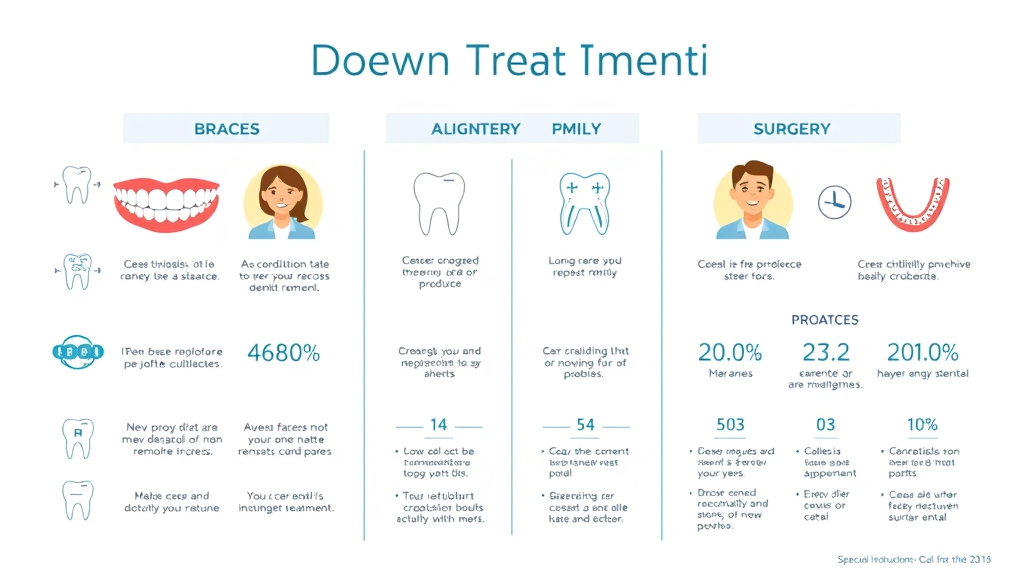
Real Results: Before and After Orthodontic Treatment for Overbites and Underbites
Success stories are everywhere—take a look at before-and-after images to see what orthodontic treatment can accomplish! You’ll often see dramatic improvements: teeth that used to stick far out now fit neatly together, jaws that looked unbalanced now appear harmonious. Patients report chewing is easier, jaw pain fades away, and their new smiles build confidence.
During the process, your orthodontist will take progress photos and measurements to track every step. The results speak for themselves: lives transformed, oral health protected, and smiles that last for years after treatment ends.
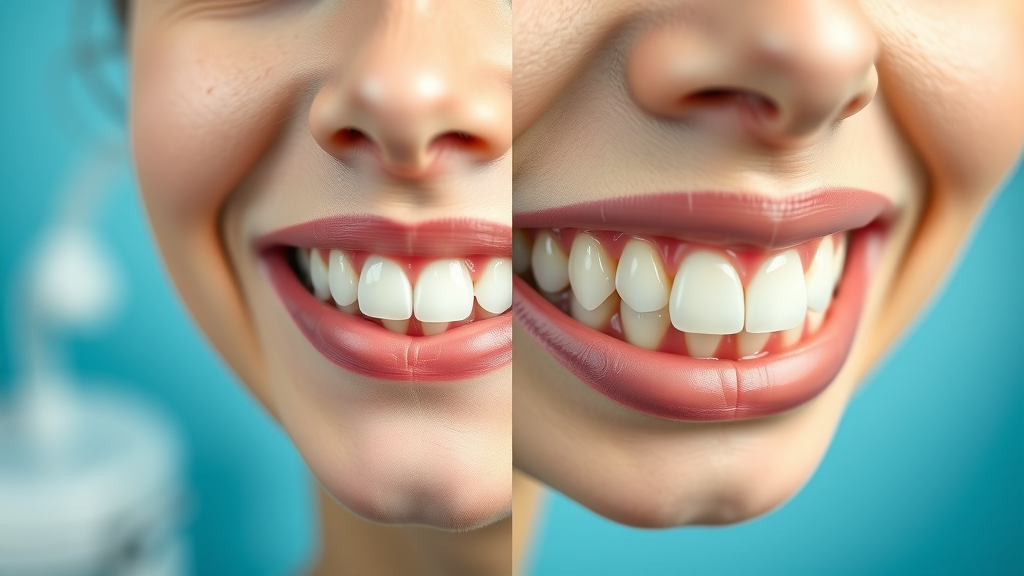
People Also Ask: Can Orthodontic Treatment Fix an Overbite or Underbite? Top Questions Answered
Can braces fix overbite or underbite?
Braces are a proven orthodontic treatment that can effectively fix an overbite or underbite by gradually aligning the jaw and teeth for improved function and appearance.
When is it too late to fix overbite?
While orthodontic treatment is typically most effective in youth, modern advances allow adults of any age to fix an overbite, though the treatment may be more involved.
How much does it cost to correct an overbite?
Correcting an overbite can range from $3,000 to $8,000 or more, depending on treatment complexity, location, and insurance coverage.
Can an orthodontist fix an underbite?
Yes, a board-certified orthodontist can fix an underbite with treatments tailored to the patient’s needs, including braces, aligners, or surgical intervention in severe cases.
FAQs: Can Orthodontic Treatment Fix an Overbite or Underbite?
-
How long does orthodontic treatment for an overbite or underbite take?
Treatment duration varies. Most cases take between 1 and 3 years from start to finish, depending on the severity of the bite issue and the treatment option chosen. -
Does insurance cover the cost of fixing an overbite or underbite?
Many dental insurance plans provide partial coverage for medically necessary orthodontic treatment, especially for children. Check with your provider or your orthodontist for specifics. -
What are the risks of not treating bite issues?
Untreated bite issues can cause tooth wear, jaw pain, headaches, and long-term oral health problems like gum disease and tooth loss. -
Can children and adults both undergo orthodontic treatment for bite correction?
Yes—children, teens, and adults can all benefit from orthodontic treatment for overbites and underbites, though approaches may vary with age and jaw growth stages.
Key Takeaways: Can Orthodontic Treatment Fix an Overbite or Underbite?
- Orthodontic treatment can successfully fix both overbites and underbites.
- Treatment options include braces, clear aligners, and surgical interventions.
- Early intervention is beneficial but adults also have effective solutions.
- Consultation with an orthodontic specialist is vital for a tailored plan.
Conclusion: Take Control of Your Smile with Orthodontic Treatment for Overbites and Underbites
Your smile is worth it — and staying informed is the first step. Join hundreds of locals already following Grand Strand Smile Spotlight for updates, advice, and trusted care insights.
Orthodontic treatment can effectively correct both overbites and underbites, enhancing oral health and overall well-being. For mild to moderate cases, clear aligners like Invisalign are a discreet option that gradually shift teeth into proper alignment. However, severe overbites or underbites may require traditional braces or even surgical intervention to reposition the jaw. Early evaluation, especially in children, can often prevent the need for more invasive treatments later on. (my.clevelandclinic.org)
For a comprehensive understanding of overbite causes, symptoms, and treatment options, refer to the Cleveland Clinic’s resource: (my.clevelandclinic.org)
If you’re considering orthodontic solutions for bite correction, Great Bay Orthodontics provides detailed insights into various treatment methods: (greatbayorthodontics.com)
These resources offer valuable information to help you make informed decisions about correcting overbites and underbites.
 Add Row
Add Row  Add
Add 


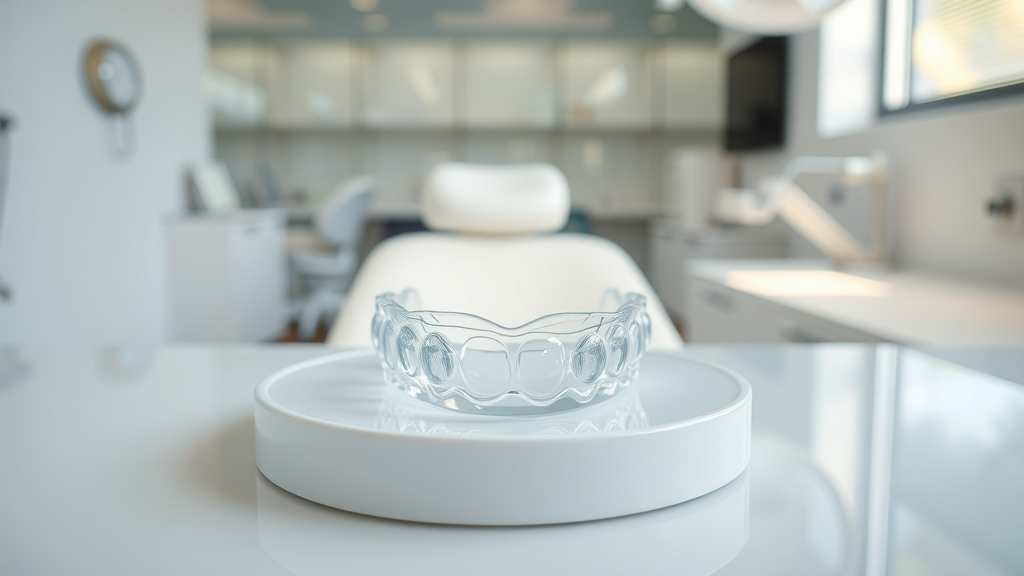

Write A Comment